Paper cutting for absolute beginners
by Paper Scissors Rock
I’m delighted to have super-talented paper cutter, Sam from Paper Scissors Rock guest-posting at The Paperdashery about paper cutting. Just take a look at her amazing skills below… Wow!
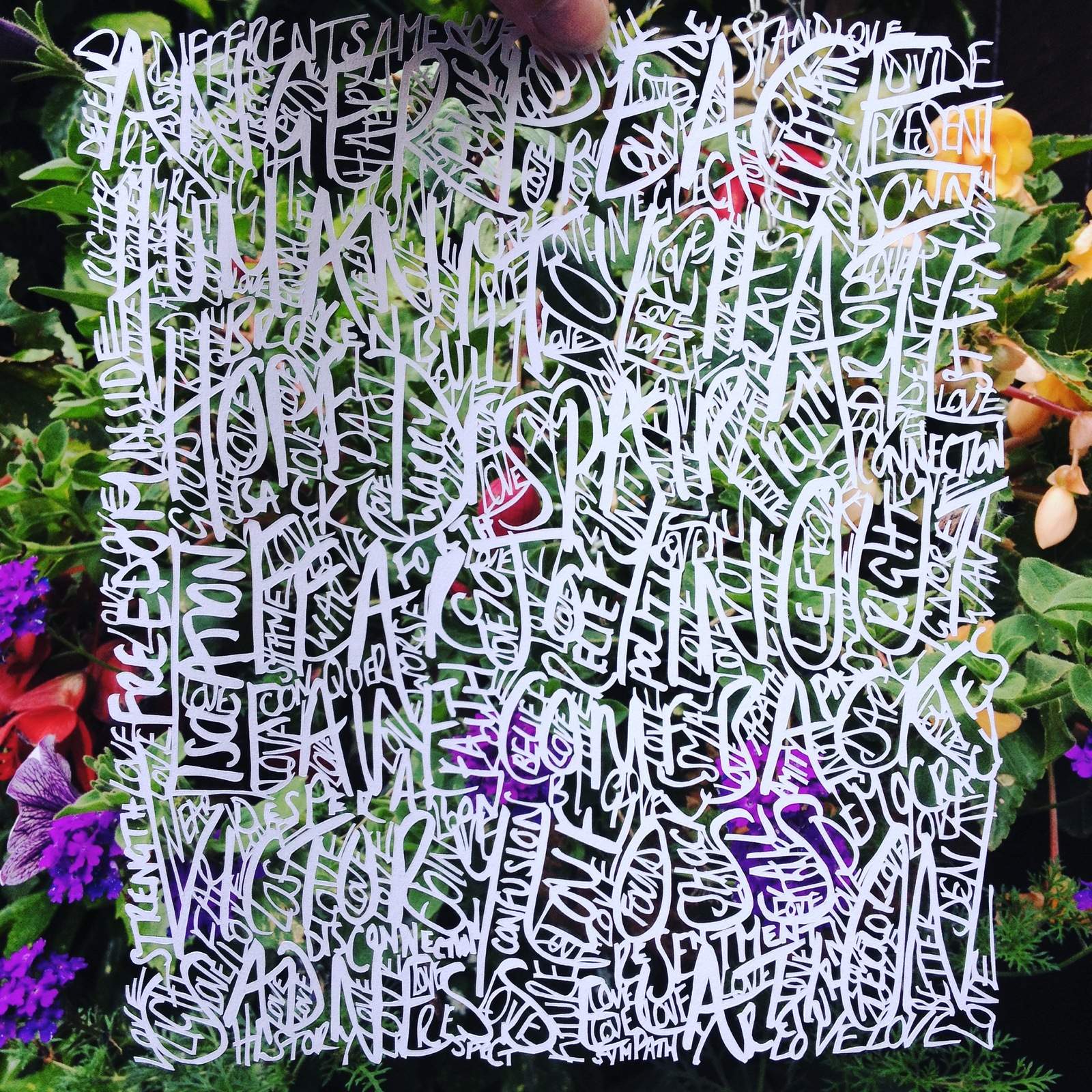
Trial & error…
This is by no means a ‘how to’ guide. Paper cutting, like all other creative endeavours requires a great deal of trial and error. For example, when coming up with a design for a card or gift, you might want to draw it out onto layout paper (you can place your chosen cutting paper beneath and cut through both layers) or you might choose to use tracing paper and trace your design onto the back of your cutting paper. Either way there will be no pencil marks on the front of your work to worry about.
My method is the latter but it’s all down to personal preference.
I’m going to give you an insight into how I do it then you can find the method, style and equipment that suits you.
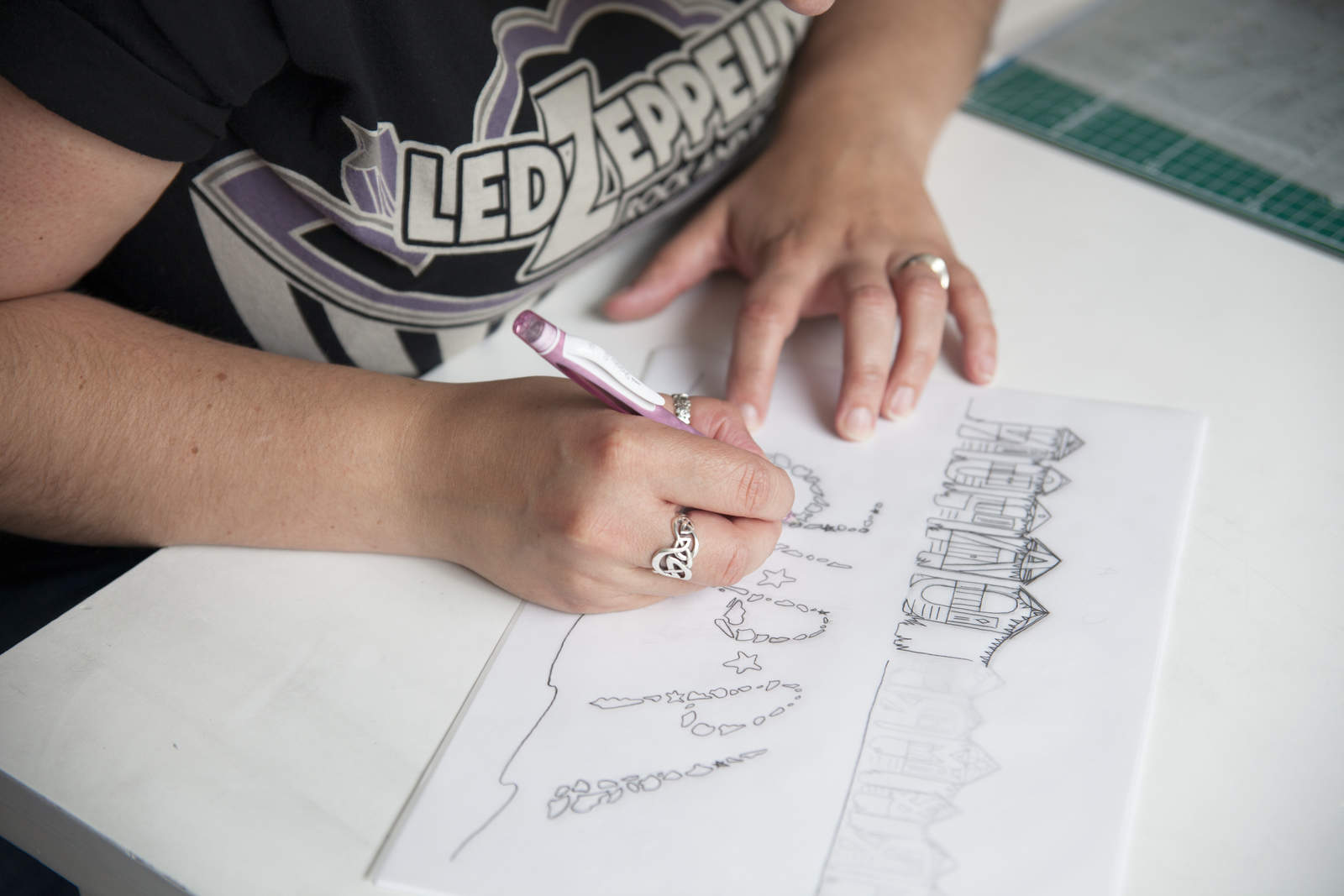
My method:
I begin by sketching and creating a design in a sketchbook with a mechanical pencil and an eraser. I love the mechanical option because I like my pencil lines to stay clean and fine. (It has nothing to do with the fact that I’m lazy and don’t need to sharpen it)!
Once I’m happy with my design I trace it onto tracing paper (sometimes I skip the sketchbook and draw straight onto the tracing paper). I can then turn it over and trace the design in reverse onto paper for the final piece. I use masking tape to hold everything in place. I stick it to my hand or clothes first to remove some of the tack so it doesn’t tear the paper (washi tape would be great for this!).
If the paper is very dark I can’t always easily see the transferred pencil lines so sometimes use white trace down paper. This gives a nice bright line to cut. (Hint: make sure you get it round the right way. When you’ve spent ages tracing it’s very annoying to find that no design has appeared. Which I most definitely certainly have never ever done of course)!
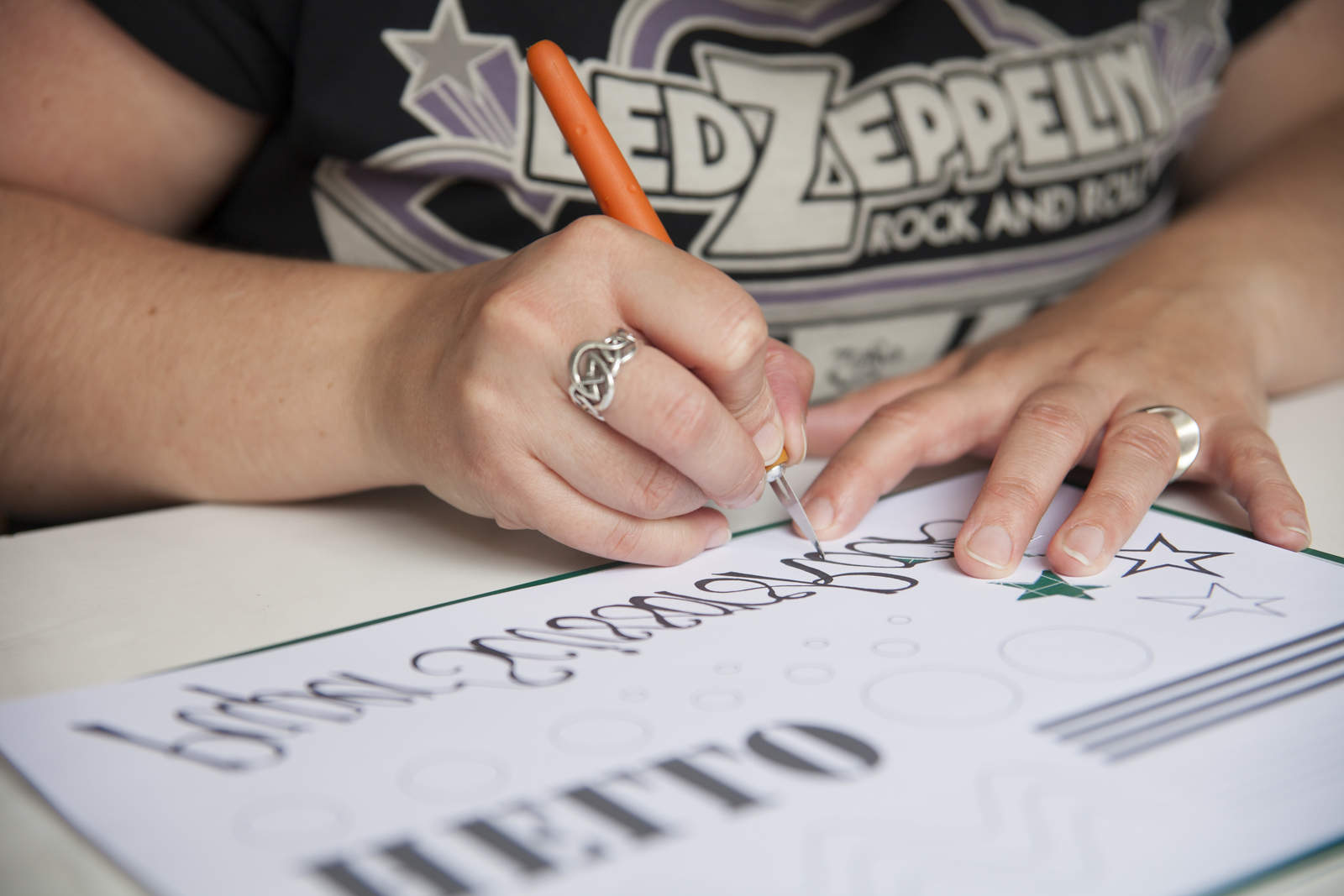
Scalpel or scissors?
For the cutting I use a soft-handled scalpel with Swann-Morton No.11 blades. When I first started cutting I bought a handle that came with some blades. This is perfectly fine and sensible to use – especially to avoid spending lots of money on an art form you don’t end up loving (although I’m sure you will). However, sometimes blades can snap if you use too much pressure. If this happens I would definitely suggest Swann-Morton – they don’t snap. They’ll still blunt quickly but that’s unavoidable.
You might not want to go down the scalpel route of course. Intricate cutting can still be done skilfully with a pair of fine pointed scissors. As for the actual cutting I can’t tell you how to do it – it depends on your scalpel and how you hold it. I might try and do some videos one day but for YOU – just do what feels right and gives you the effect you want. Remember – there’s no right and wrong. Just make sure you are careful and maybe have some plasters handy.
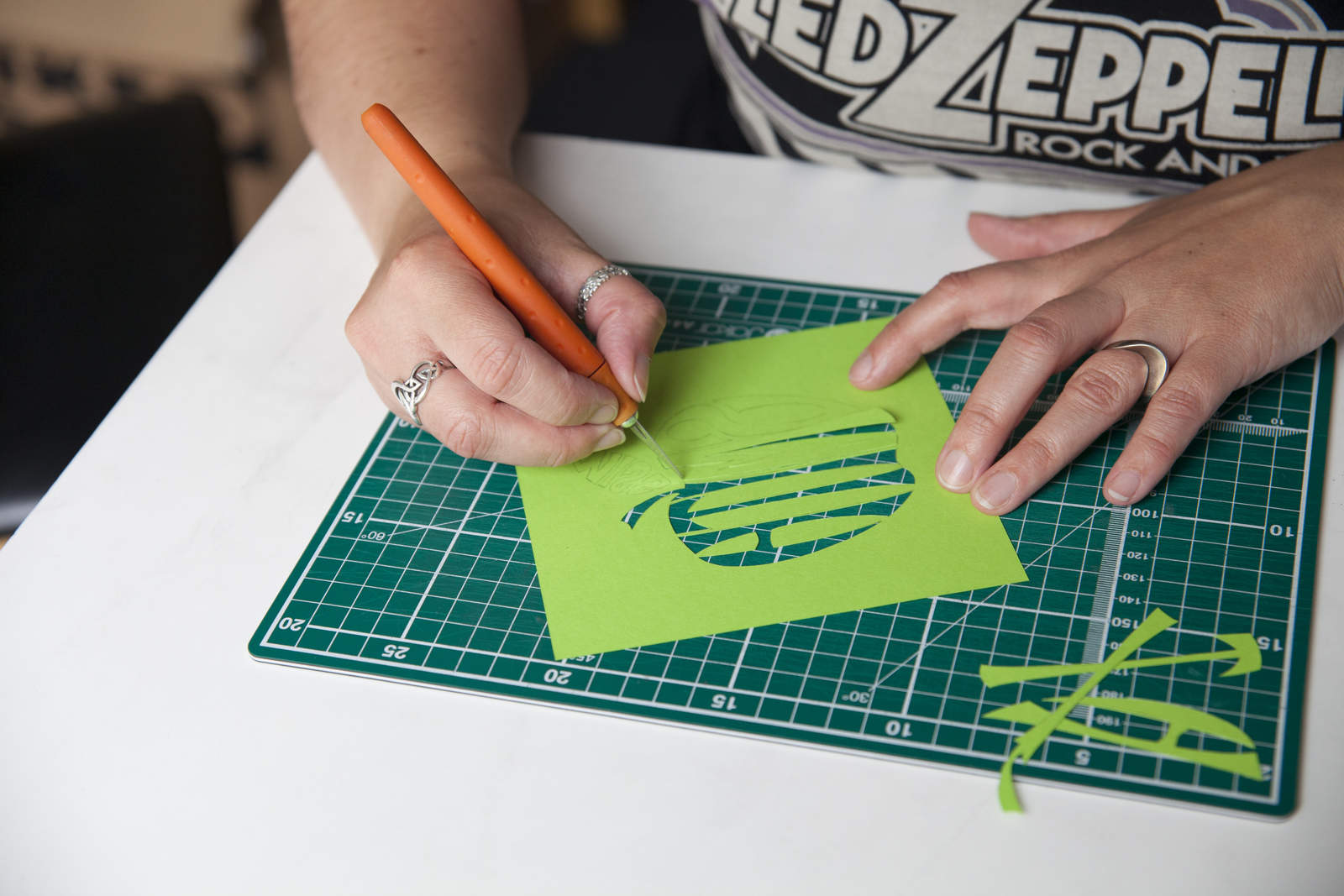
How to finish your paper cutting:
Depending on how I want to present my cut and how delicate it is will inform which, if any, adhesive I use. My pieces are often bold shapes cut in fairly thick paper (around 135gsm) and this can stand up to spray adhesive (permanent, not re-positionable) if I want a very flat look. Sometimes it’s nice to leave the paper to sit naturally and create some shadows so a glue stick or liquid glue to hold it in a few places is a good idea. If you want your creations to last, all your materials need to be acid-free to avoid fading or staining.
One more piece of equipment I use all the time is a metal ruler. A plastic or wooden one is no good if you’re using a sharp knife as the straight edge will become damaged. I use mine a lot for cutting paper down to size or simply drawing straight lines. I rarely use it to cut lines in the actual piece of work. I prefer a slightly handcut look even though I try and cut it as straight as I can by eye. Again – this is personal preference only.
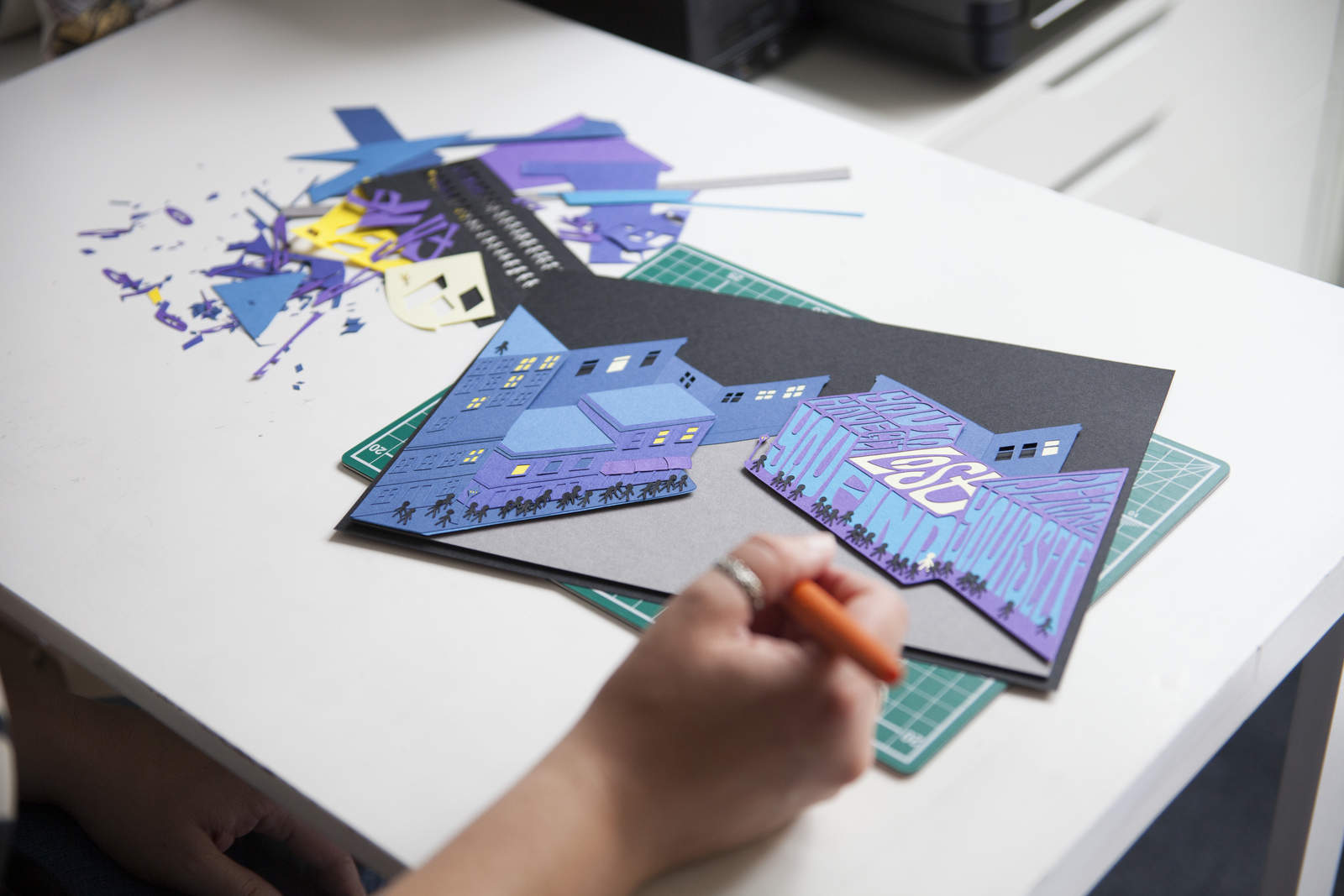
What paper to use?
There are too many variations to talk about here but you’ll want to be aware of different weights (gsm), textures and, of course, colours.
As mentioned before, I normally cut 135 gsm paper but you might want the lightness of 90gsm or the rigidity of 200gsm. It all depends on your project.
Hopefully this will give you a starting point to creating something out of cut paper – an artwork from a single sheet, a collage, a pop up or even a custom envelope.
Enjoy!
Sam from Paper Scissors Rock
(with thanks to Sass Harding Photography for the pictures)
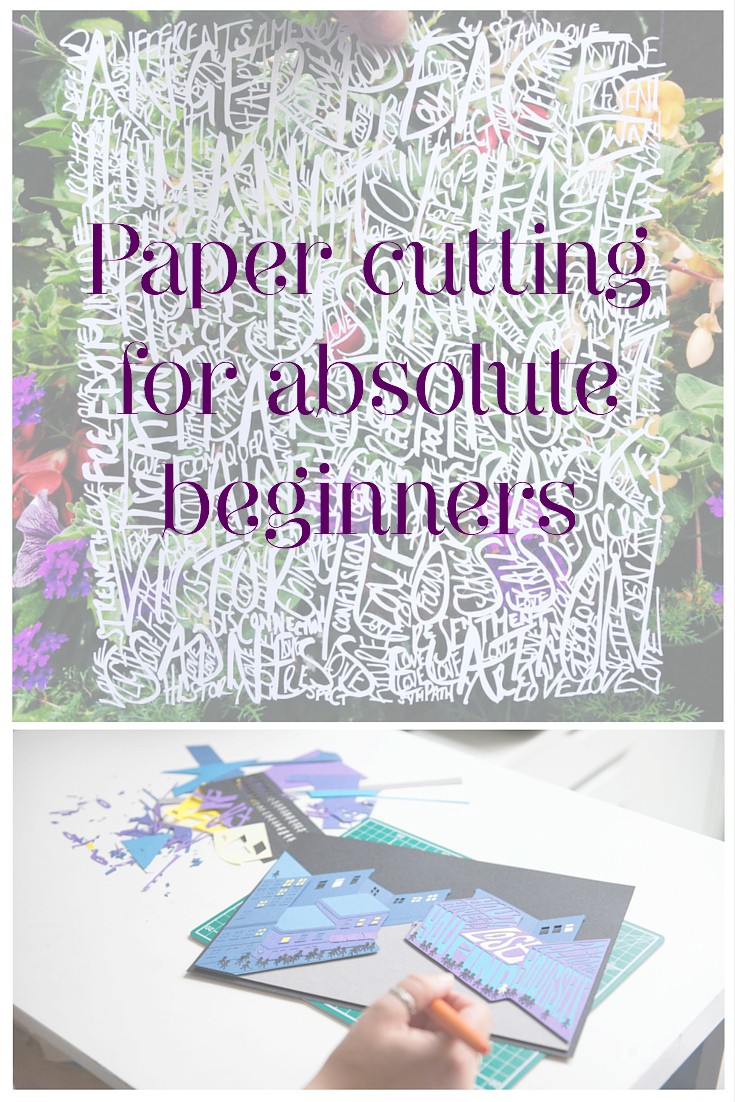
P.S. Practice makes perfect when paper cutting!
Click here to email Sam for a free printable paper cutting practice sheet
And find a template designed by Paper Scissors Rock in her Folksy shop

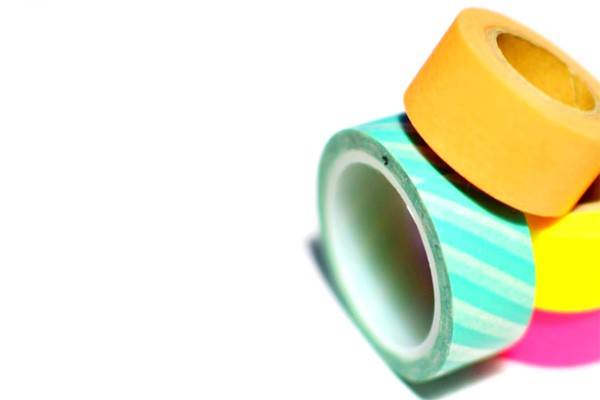
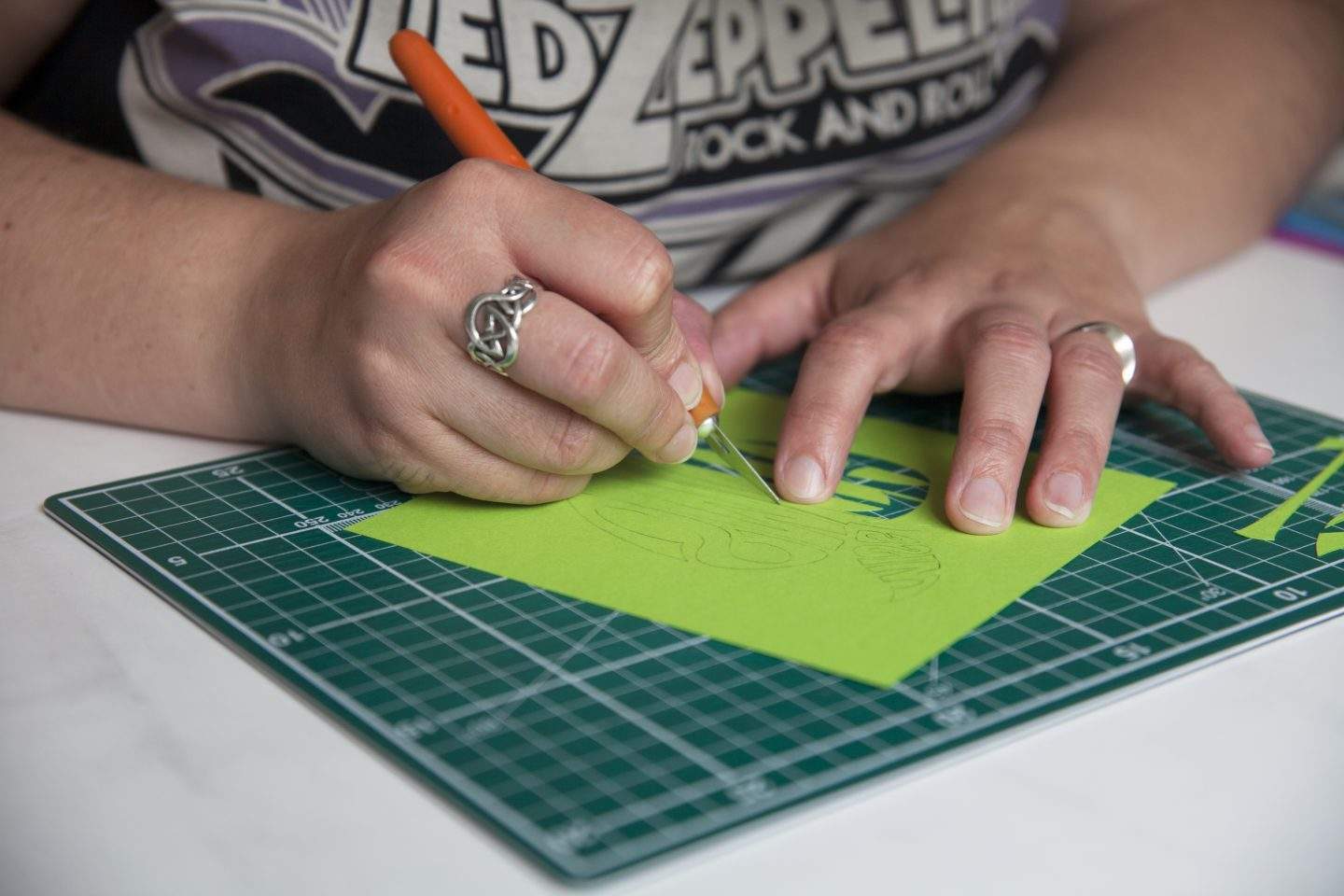
What a happy place. I like the way you write, just as if your talking to us.
The advice all makes sense. How do I get some beginners cutting ideals?
Thanks
Hello Ann, I’m so pleased you enjoyed Sam’s blog post! Why not head over to her website for more paper-cutting info. She’s even started running workshops in Kent, so if you’re local, you could join one of those…
Wonderful….